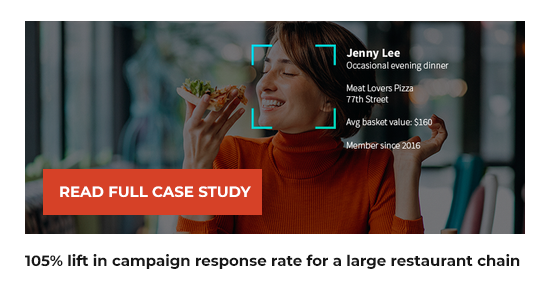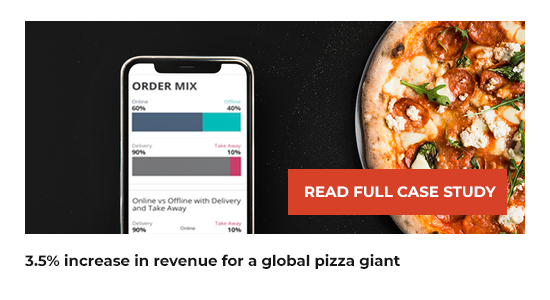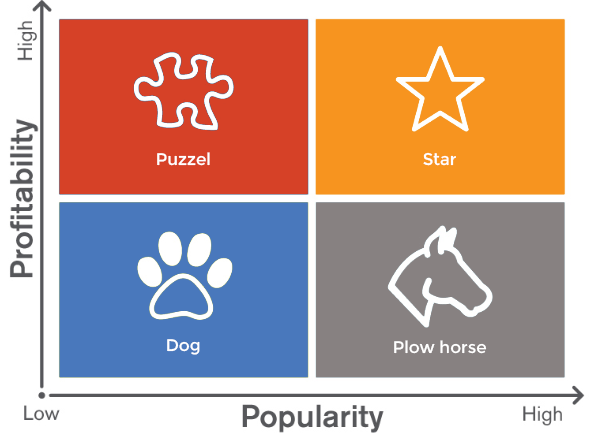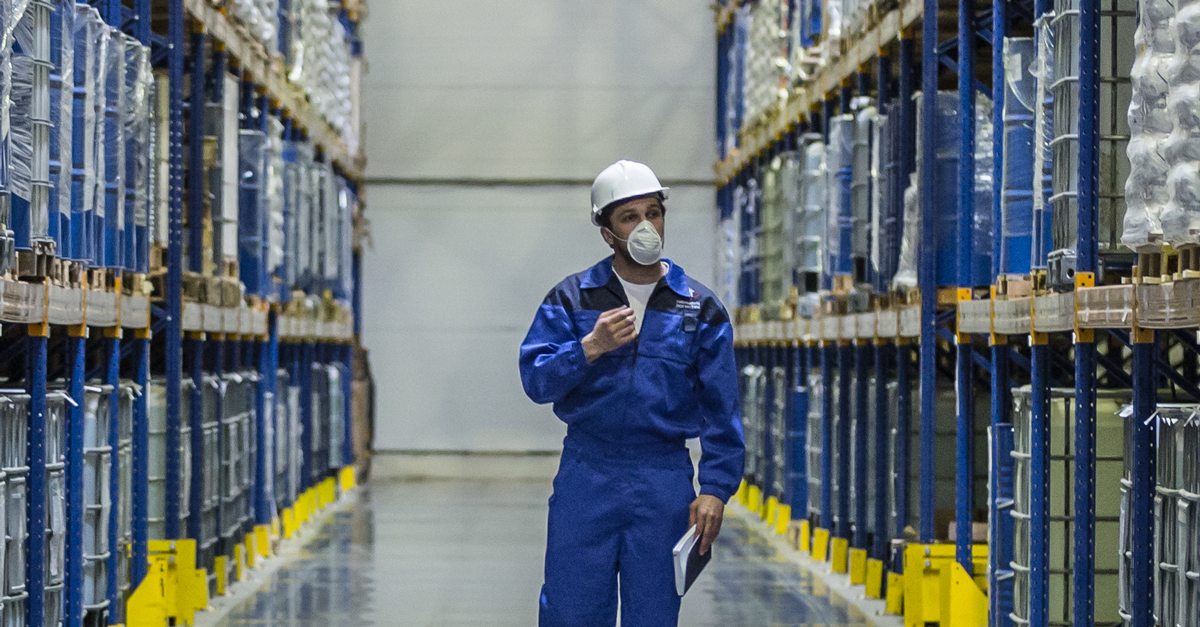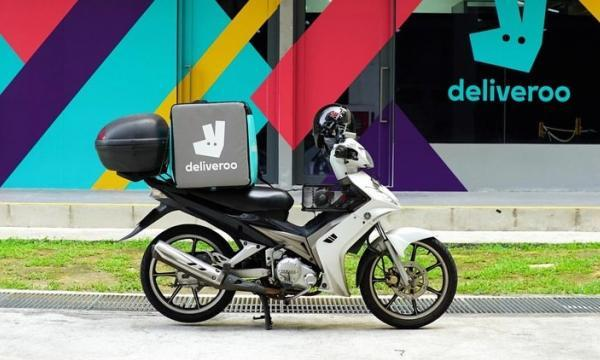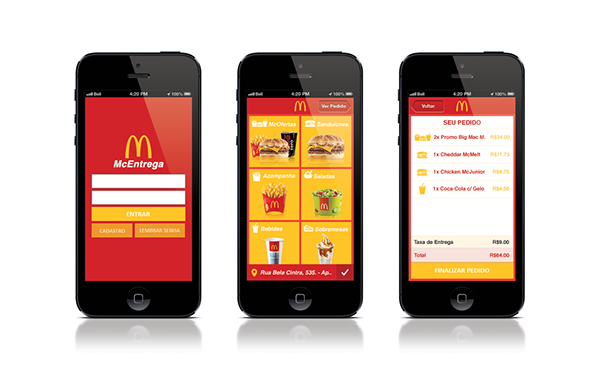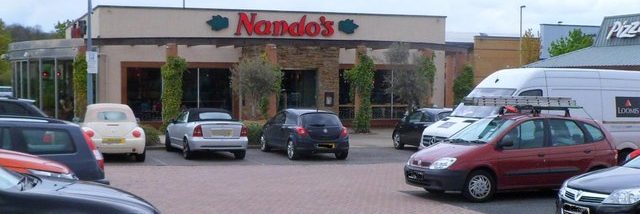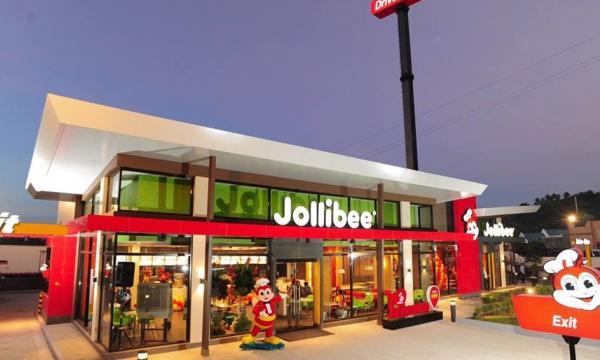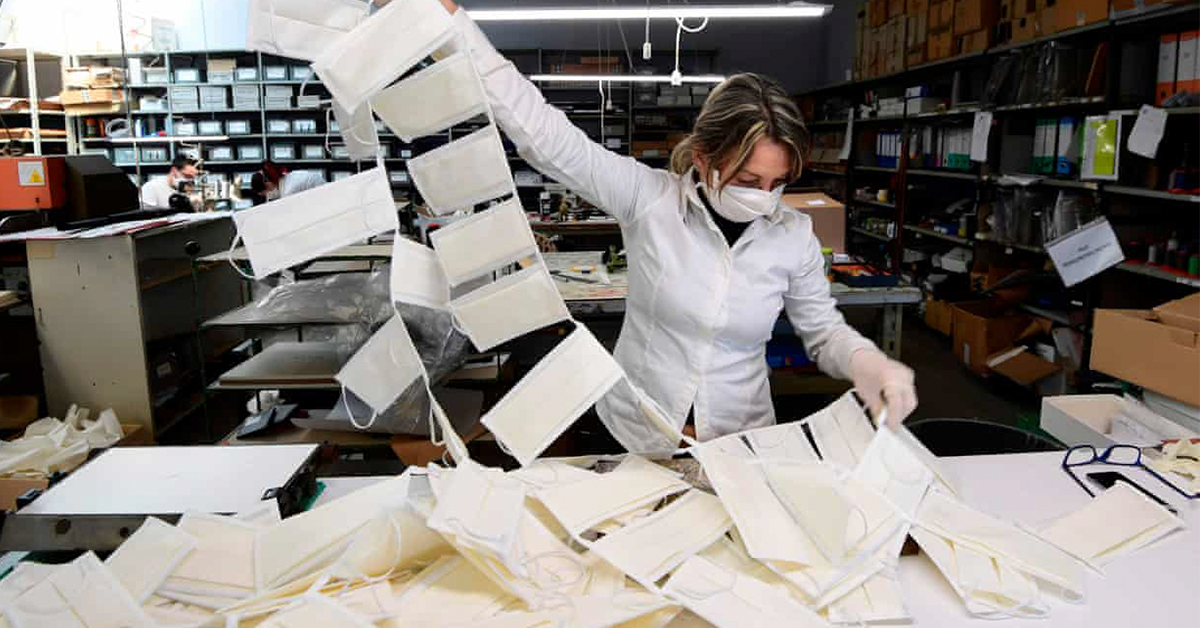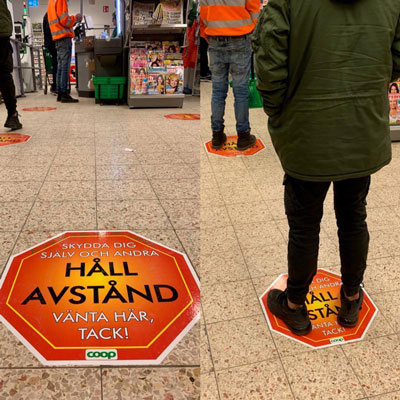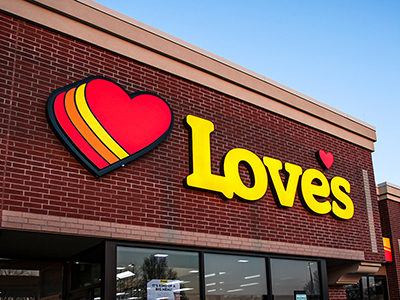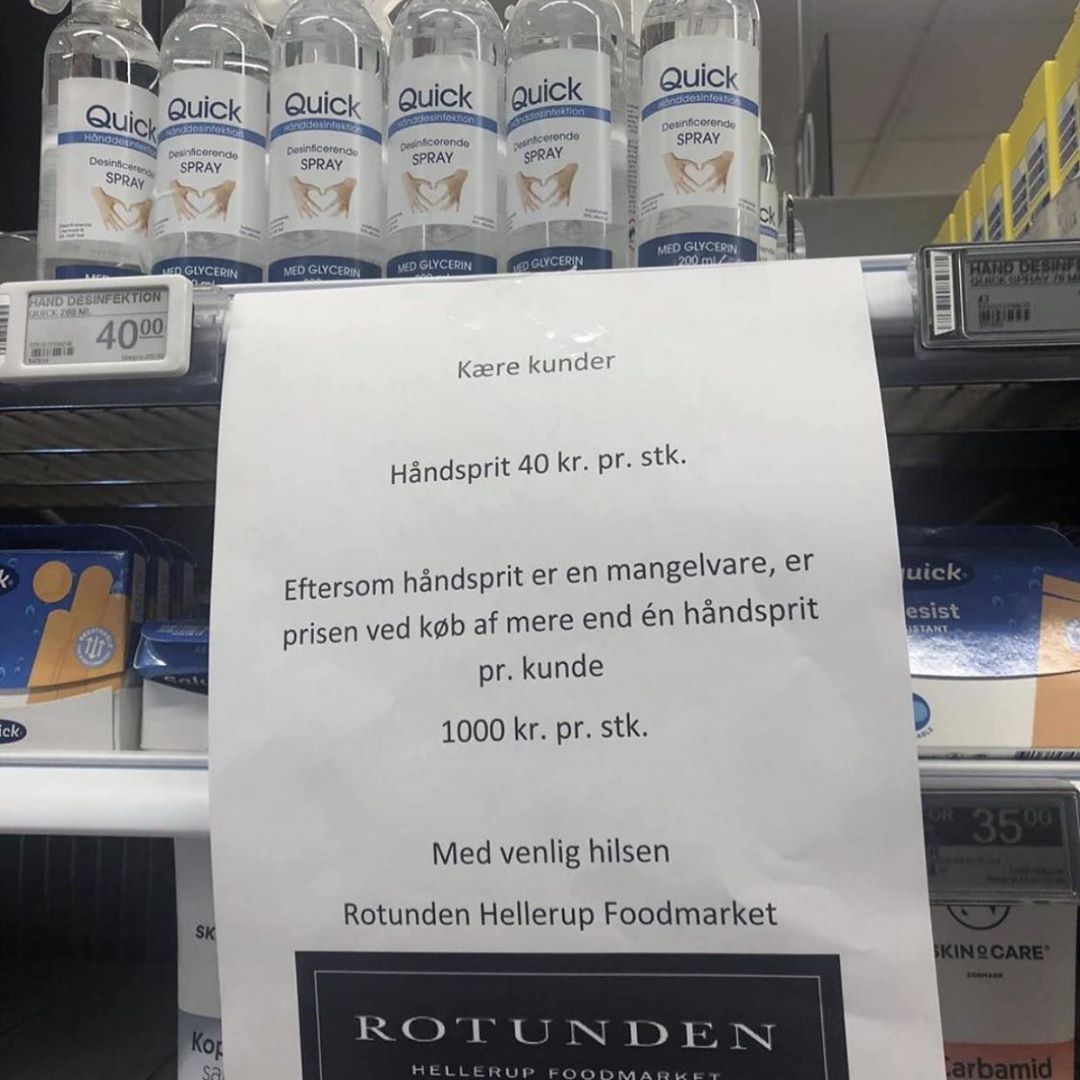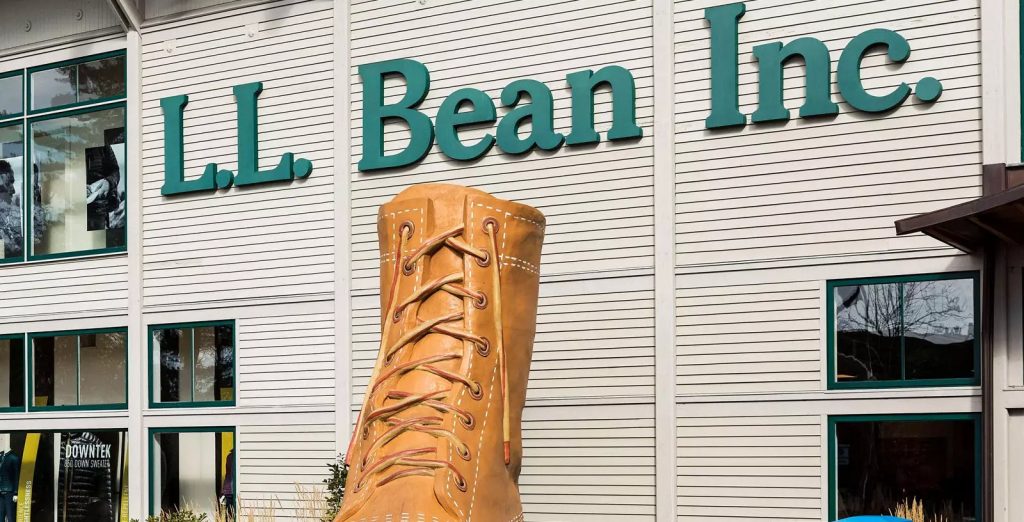In anticipation of NRF 2019 next week, Manthan caught up with the retail experts from Mindtree; Vinaysheel Palat Global Head of Consulting for Retail, CPG and Manufacturing and Ronojoy Guha, a specialist in predictive analytics platform for Merchandising, Stores and Supply Chain logistics; to talk about technology, predictive analytics platform and the future of retail.
MANTHAN: What does the ‘store of future’ or ‘intelligent store’ mean to you?
VIN & RONO: Future stores would become experience centers rather than just market places, a destination providing multiple services to customers, like dining, dry cleaning, and shipping. A one-stop shop for all needs.
The store sizes are likely to shrink as they look to bring in granular clustering based on the demography of the location. E.g., currently grocery stores use much space on bulk goods, these would be shrunk and taken to the backroom and fulfilled on orders. While their backroom stores would become distribution centers for their online orders, bringing in true omni channel, not just from a consumer standpoint, but from a supply-chain as well.
Technology play will be much higher, there would be more cashless and card-less transactions, curb-side pickup, etc. We will see more differentiation in store formats catering to local demography. Customer segmentation would be used to tweak experience.
Grocery store experience centers would be different compared from downtown to suburbs. The store itself would have a personality and how it will have a conversation with its shoppers would differ. E.g., Suburbs with young families would perhaps have centers where recipes with organic food are cooked. A fast-moving store in downtown would focus on information.
MANTHAN: What would you say are the top three things retail stores need to focus on in 2019, to compete profitably?
VIN & RONO: The most significant would be personalization at an individual consumer level. Consumer behavior would have to be analyzed to offer differential pricing, personalized and real-time promotions, and better service. Personalization would not be restricted to consumer but would extend to the store and products as well. Depending on the store format and the products being offered, retailers would look at dynamic assortment, driven through an app in the store.
Pricing is a relatively ignored area in retail today and has huge potential to increase profitability for the store.
The other areas would be traditional levers of Cost and Risk management. Labor is the biggest operating cost component for a store (25-30%), can technology reduce this? How can inventory and shrinkage be reduced? Retailers will have to think about these questions. E.g., retailers spend significant money each year servicing claims from customers who meet with minor accidents in stores, how can these be avoided or reduced. Energy consumption within the store is another cost driver that would be rationalized.
Retailers must also revamp their processes to embrace omni channel in its true sense, be it making replenishments in smaller batches in a day, better managing staff with rotation of shifts, and such, to make their store future ready and have a meaningful conversation with their customers.
MANTHAN: The phrase ‘Data is the new oil’ has been popular for the past few years. Have retailers realized this value? What is stopping them from maximizing the value of data?
VIN & RONO: Like oil, data is invaluable, not just for retail, but any industry of today. It is going to revamp the retail sector in coming years and stop the physical store from extinction and becoming the dinosaurs of our generation.
But just like oil, data can be inflammable too, if not utilized effectively. We see data to be regulated increasingly in the future, it has already started in EU with introduction of GDPR. But in future, data would be marketed, sold, and utilized in pre-set conditions.
Retailers will have to be judicious on how they collect and use data. How the data is analyzed and benefitted from would be most important, rather than racing to collect more and more of it. Governance standards would have to be established with how data is standardized. Many companies today are not doing a good job of this.
“Retail sector today is highly under-leveraged in predictive analytics. Retailers should invest in this in 2019.”
MANTHAN: Can you share your thoughts on predictive analytics and it’s expected impact on retailers?
VIN & RONO: Predictive customer analytics has had a giant evolution in a very short time and it now is a necessity, a given. Retailers need to utilize this in physical stories to maximize the potential. It should be used for defining pricing, inventory, merchandising, and even number of stores needed.
Predictive customer analytics in future should be used beyond this, it should help influence consumer behavior. So influence external entities rather than just internal. Consumers should become influencers of your brand.
The retail sector today is highly under-leveraged in this area. It has tremendous un-utilized opportunity to gain from predictive analytics. Retailers should invest in this in 2019.
Retailers need to take the organization along to make any predictive customer analytics program successful. Technology is one aspect, but business should understand the value and be an equal partner.
MANTHAN: AI promises to make data-driven business processes more intelligent. How do you see this impacting retailers?
VIN & RONO: AI has infinite potential to disrupt retail. This should be looked at in two broad spectrums.
At the customer facing end, we have seen apps from home improvement retailers where you can take a picture of your room and the app shows you assortment of products enabled through deep learning. Or take a picture of a pair of shoes and suggestions roll up on your screen based on your preferences.
On the backend, AI can impact on how pricing algorithms are defined to make almost real-time price suggestions for individual customers. It can help take decisions on inventory movement, or control energy consumption in the stores, or guide store associates.
MANTHAN: What innovation are you looking forward to seeing at NRF 2019?
RONO: I am looking forward to seeing how AI or Robotics would impact the store of the future.
VIN: I am really interested in learning how this high influx of technical innovations that are replacing store associates (think Amazon Go) replace the human touch, empathy, or need for dialogue that a shopper visiting a physical store looks for.






